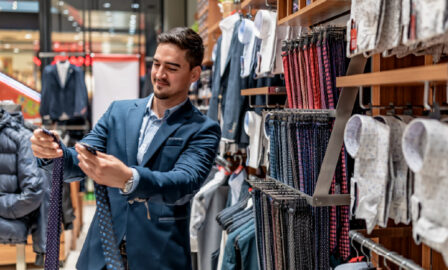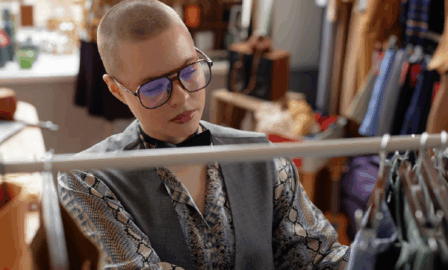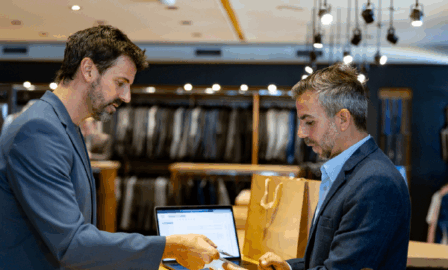The Impact of Inflation in Luxury Retail
Inflation rates are at a level we have not seen since the 1970s stagflation, with the CPI (Consumer Price Index) rising 8.3 percent in the last 12 months. This rising inflation is due to increased labor costs, interest rates, supply chain challenges, and energy costs. While the economy struggles from the impact of COVID-19 and rising inflation, luxury retail faces a new set of challenges with evolving consumer behavior and a shrinking consumer base.
Luxury items will always have a substantial amount of pricing power and market differentiation over mass-market consumer brands. Exclusivity, authenticity, legacy, and status are all qualities that luxury goods possess that influence consumer behavior. In contrast, standard retailers depend on lower prices and quick adaptation to stay competitive in the market. Even without the effects of recent inflation, luxury consumers expect a high price in exchange for a superior brand.
Luxury Retail Brands and Pricing Power
Luxury brands, while immune to many typical market rules, will feel the effects of inflation, specifically because of evolving consumer demand. Luxury goods have a high-income elasticity of demand, meaning consumers’ purchasing of luxury goods is highly sensitive to income fluctuation. As inflation drives purchasing power down, middle-class consumers may fall out of the luxury market. Furthermore, increased production costs will lead luxury retailers to increase prices in order to maintain profitability.
However, many consumers will continue to purchase luxury goods despite price hikes. For example, a specific Chanel bag has increased by 60% in price in the last year, yet keeps a steady demand. The emotional experience behind purchasing a luxury item, along with the exclusivity of the brand, are factors that will continue to drive demand and influence consumer behavior. At the end of the day, luxury brands can continue to push prices because there is a high value proposition for key demographics that ensures consistent demand.
One way that luxury brands can protect revenue growth amid inflation is by expanding into new target markets via partnerships. Gucci’s recent partnership with Adidas is a step in the right direction by attempting to break into new consumer segments. Adidas appeals to a broader scope of socioeconomic classes, so partnering with Gucci expands the market and consumer base. Luxury brands that hyper-fixate on a narrow audience, though, may be more vulnerable to shrinkage in that market segment.
Impact of Inflation: Marketing to the Consumer Base
Overall, luxury retail will perform fairly despite this period of inflation. However, improvements can still be made by luxury retailers to maintain a steady consumer base moving forward. Advances in marketing strategy, personalization, brand partnerships, and eCommerce can support efforts to adapt to the changing market. Such adaptation can be a crucial insurance policy for retailers that have relied on exclusivity in the past.
As we experience unprecedented economic trends, learning to assess your business weaknesses and opportunities will be necessary to maintain growth. Reach out to Clarkston’s retail consulting experts to discuss how your business can adapt in this changing climate.
Subscribe to Clarkston's Insights
Contributions by Leah Harding



